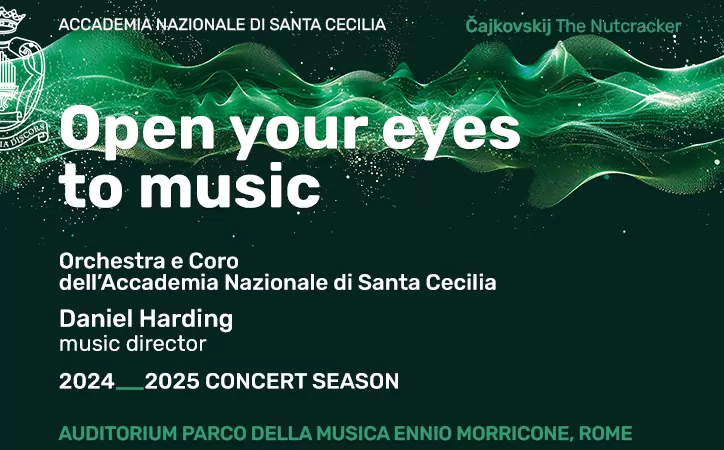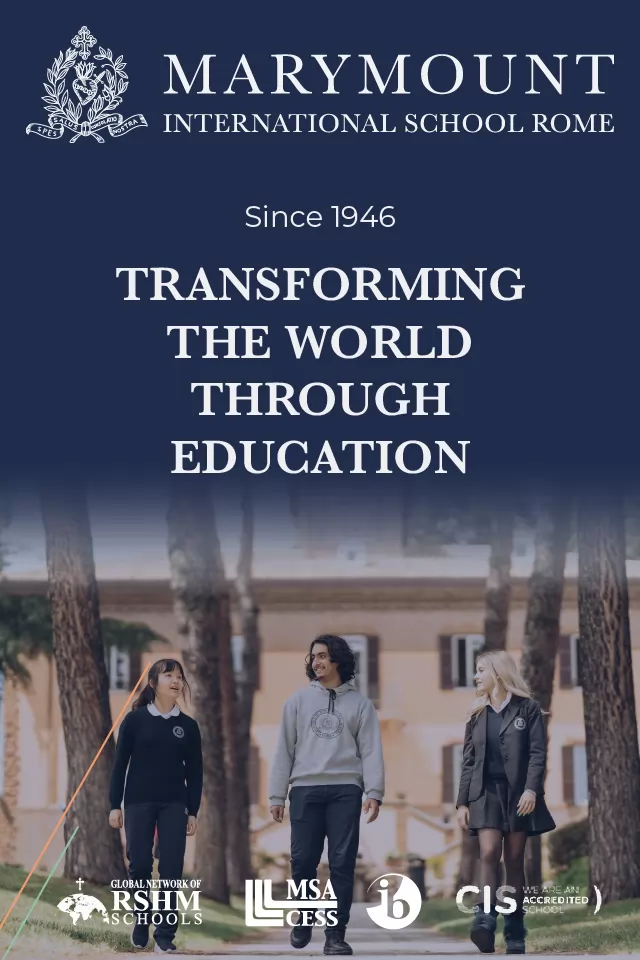Merry or happy Christmas in Italian are Buon Natale.
Christmas is the annual Christian feast that occurs on December 25 to commemorate the birth of Jesus Christ. Its Italian name “Natale”, refers in fact to the Christian nativity. It is the most magical and evocative feast of the year as its characteristics are snow, warm lights, candles, and the timeless red and green colours. In Italy, Christmas is closely tied to religious roots, and it is a period to spend time with family and the people we care about most.
The period in which Christmas is celebrated in Italy starts on December 8, day of the Immaculate Conception, and ends on January 6, day of the Epiphany. In fact, the Christmas tree and the Nativity scene are set up and decorated by most families across the peninsula on December 8, welcoming the most beloved festival of the year.
During this festive period, there are some important days to remember: December 24, Christmas Eve; December 25, Holy Christmas; December 26, St. Stephen's Day; December 31, St. Sylvester’s Day; January 1, the first day of the year, and finally January 6, the Epiphany.
Although there are common customs throughout Italy, each family has its own priorities, depending on their geographical area. In fact, there are families who give more importance to the Christmas Eve’s dinner, and those who instead choose to celebrate more on the Christmas Day’s lunch. In both cases, there is an insane amount of food involved on both days, so let’s explore the typical cuisine served on these two special days.
What do Italians eat for Christmas?
Christmas Eve’s dinner is often based on fish, as according to Catholic religion it is considered a lean day and therefore meat cannot be consumed, however, each family is free to choose depending on their religious beliefs. The lunch on Christmas Day usually features a considerable amount of meat and cheese dishes, while the table is decorated in red, white, gold and silver.
The dishes vary from region to region, as in Lazio some of the popular dishes are lasagnas and timballo (an Italian baked dish), while in Lombardy there are risotto, tortellini with broth and stuffed capon. The dessert that most Italians cannot miss out on are the panettone, pandoro, and torrone, as they symbolize the festive period itself, being only found in supermarkets during this time of the year.
Santa Claus and Father Christmas in Italian
Christmas is also considered as the most magical night of the year, as kids wait for their presents brought by Santa Claus, in Italian known as “Babbo Natale”, meaning “Father Christmas”. The figure of Santa Claus originates from St. Nicholas, bishop of Myra in Turkey and called the protector of children. His modern look was influenced by the book “A Christmas Carol” by Charles Dickens, in which he was a big white bearded man dressed in red and adorned with white fur.
However, depending on the area there are many other bearers of gifts such as Jesus Christ himself, Santa Lucia and the Befana. In fact, the night between December 5 and 6 is dedicated to St. Nicholas, the night between the 12th and 13th is Santa Lucia’s turn, in between the 24th and the 25th is Santa Claus’ night and finally the night of January 6th the Befana comes and gives sweets to the well-behaved kids and coal to the ones who did otherwise.
Each city across Italy celebrates Christmas in their own characteristic and unique way through the instalments of decorative lights connecting the buildings at the two sides of the streets, creating a cosy and welcoming atmosphere.
Many piazzas host Christmas markets, called “Mercatini di Natale”, composed of small illuminated wooden houses that turn into small shops for food, drinks, clothes, or Christmas’ themed gifts. The best places to feel the magic of Christmas in Rome are Piazza Venezia, with its iconic tree and Via del Corso, decorated with lights in the form of various shapes such as stars, bells and small trees.
Then, in the Vatican City, every year a nativity scene is set up underneath the central obelisk with a magnificent tree next to it, emphasizing the spiritual and religious connection to this festivity. Christmas is a time that softens our lives and gives us the chance to reflect upon the upcoming year, so as this period approaches, let’s prepare to fill our stomachs and hearts with Italian traditions and rituals.


















